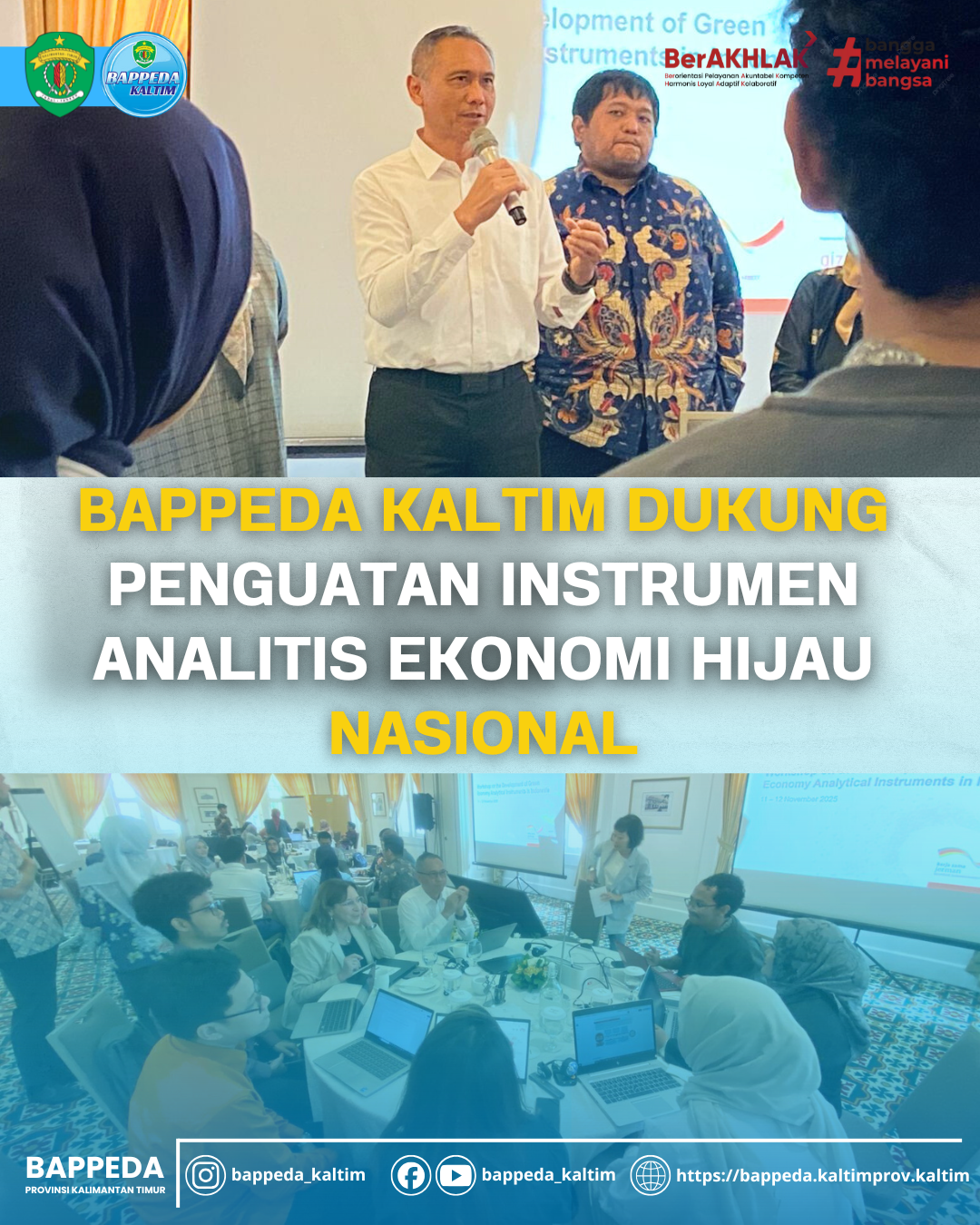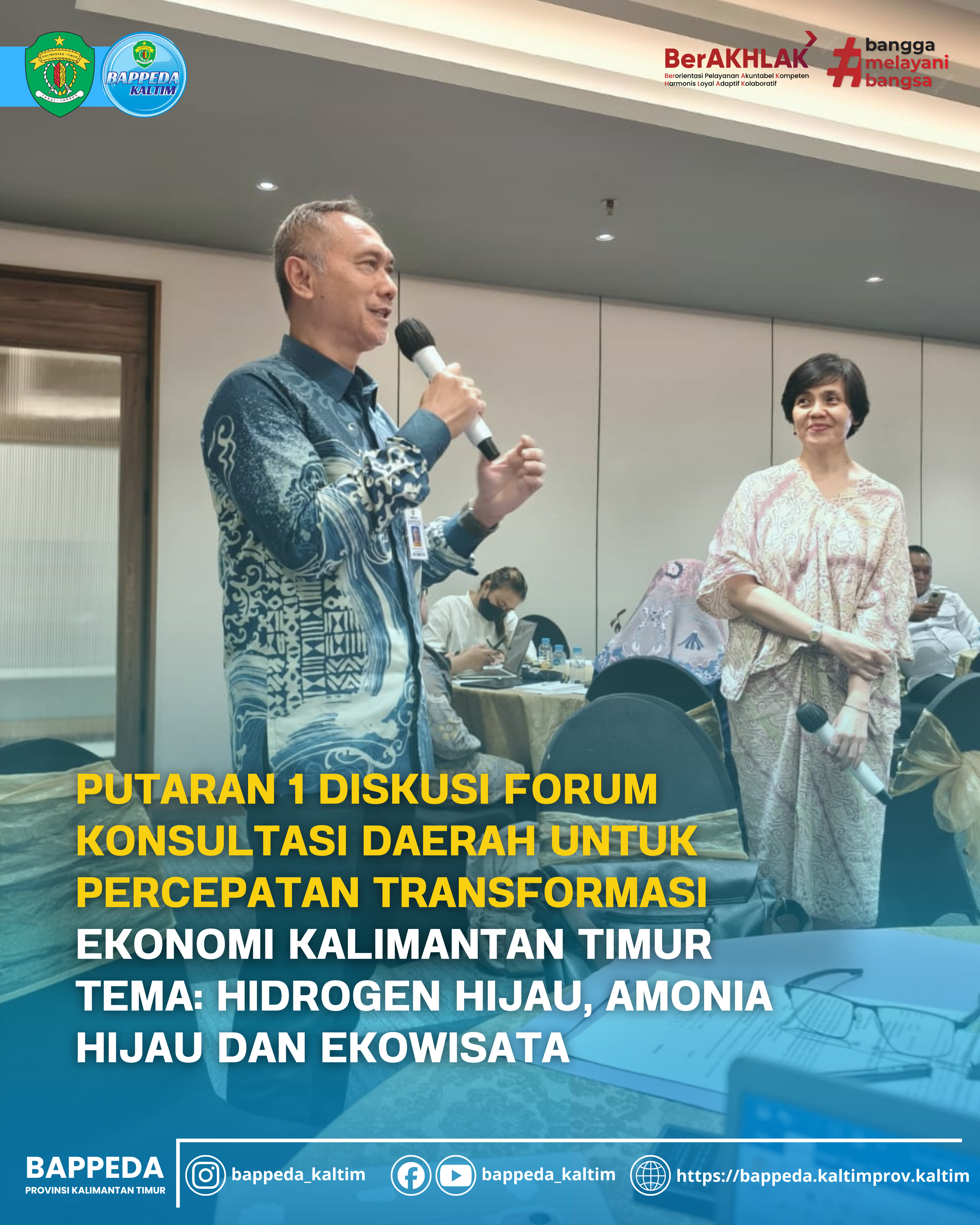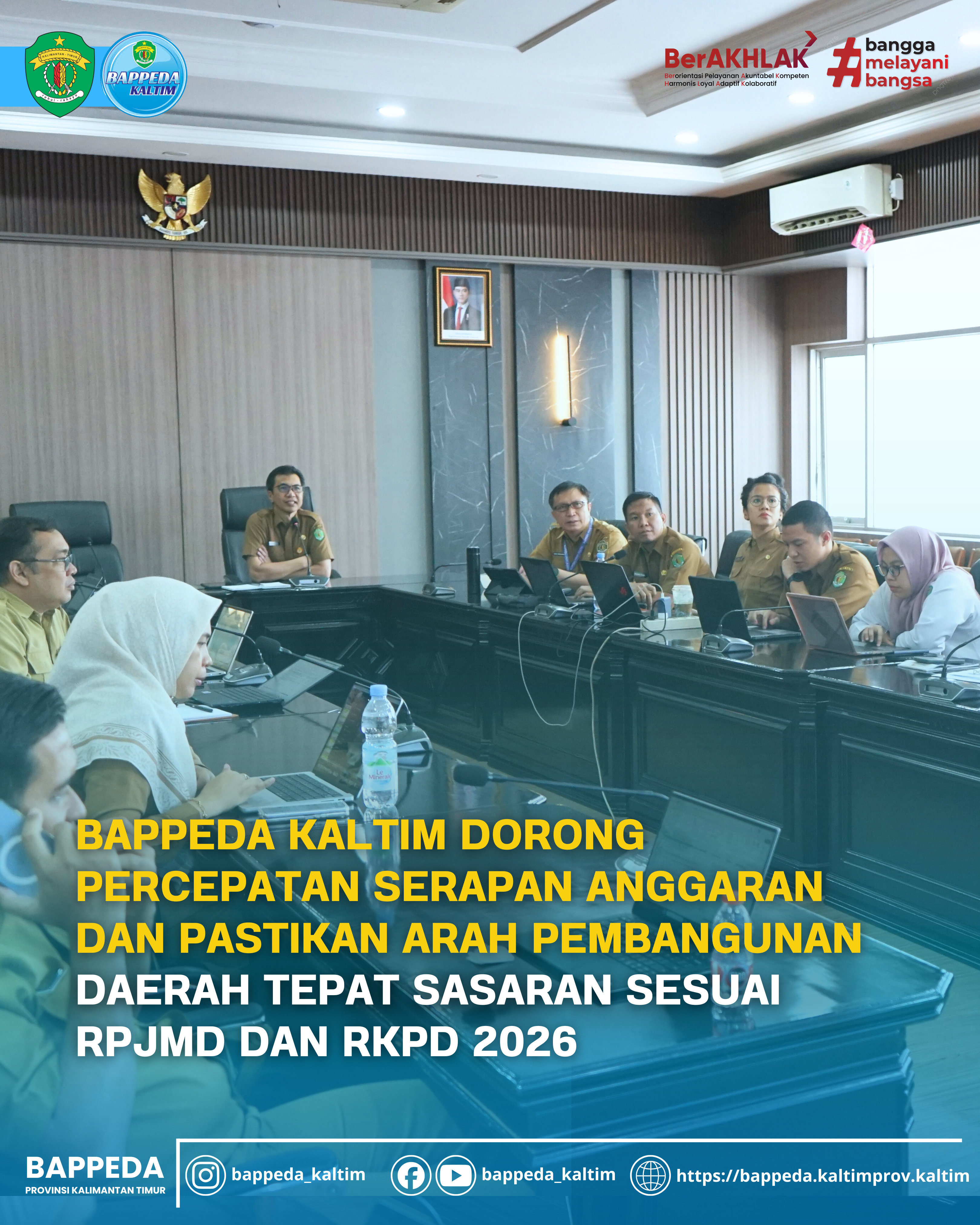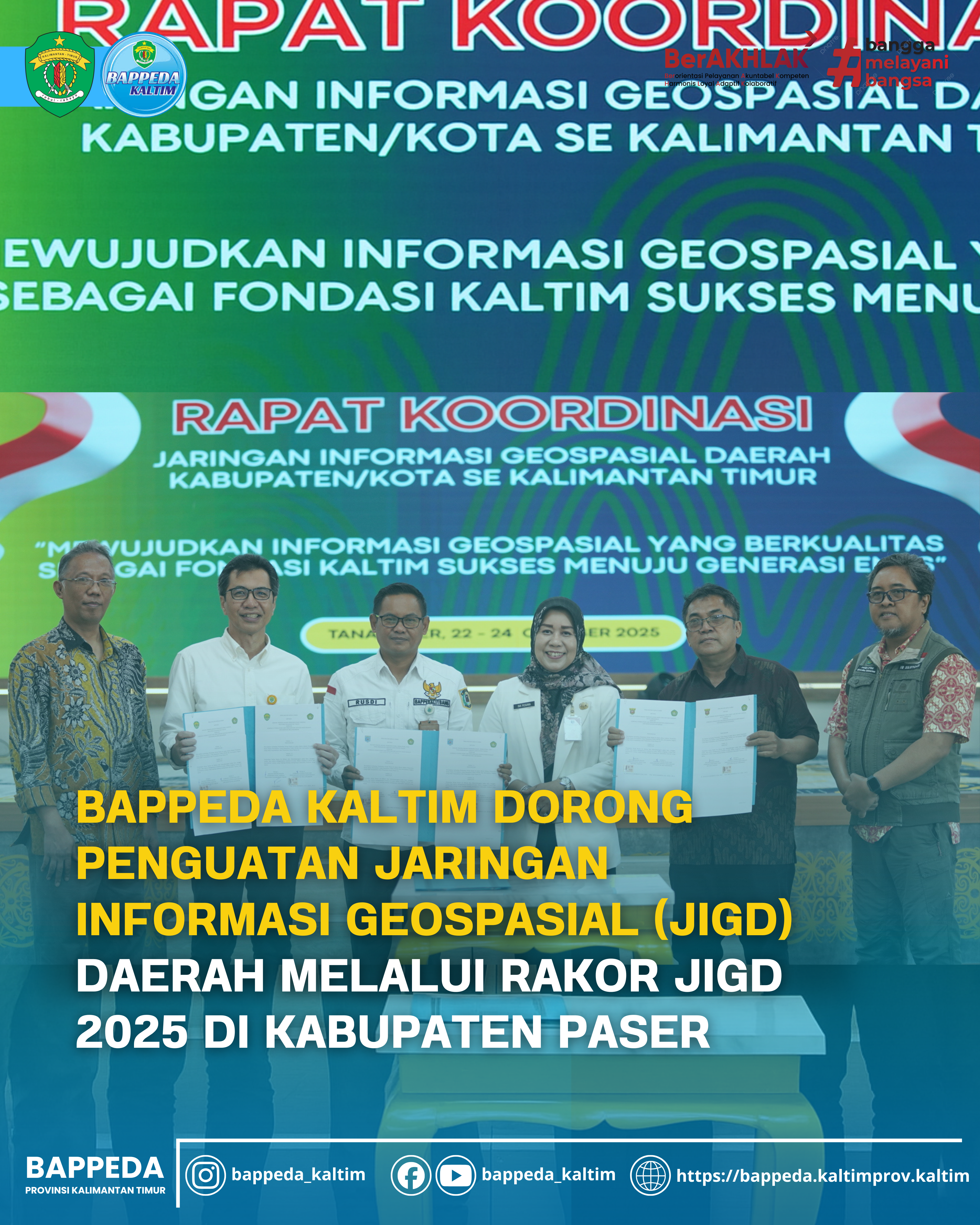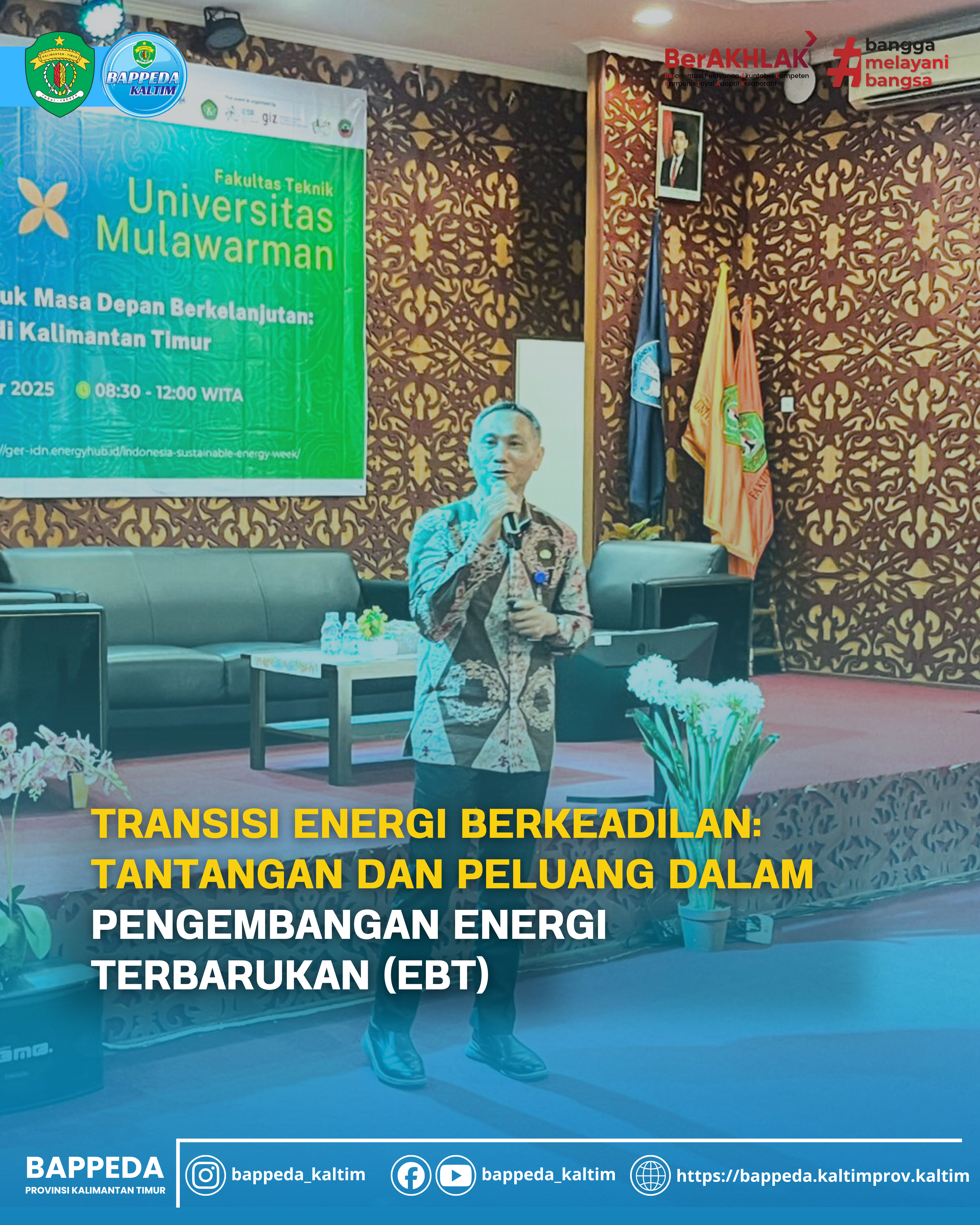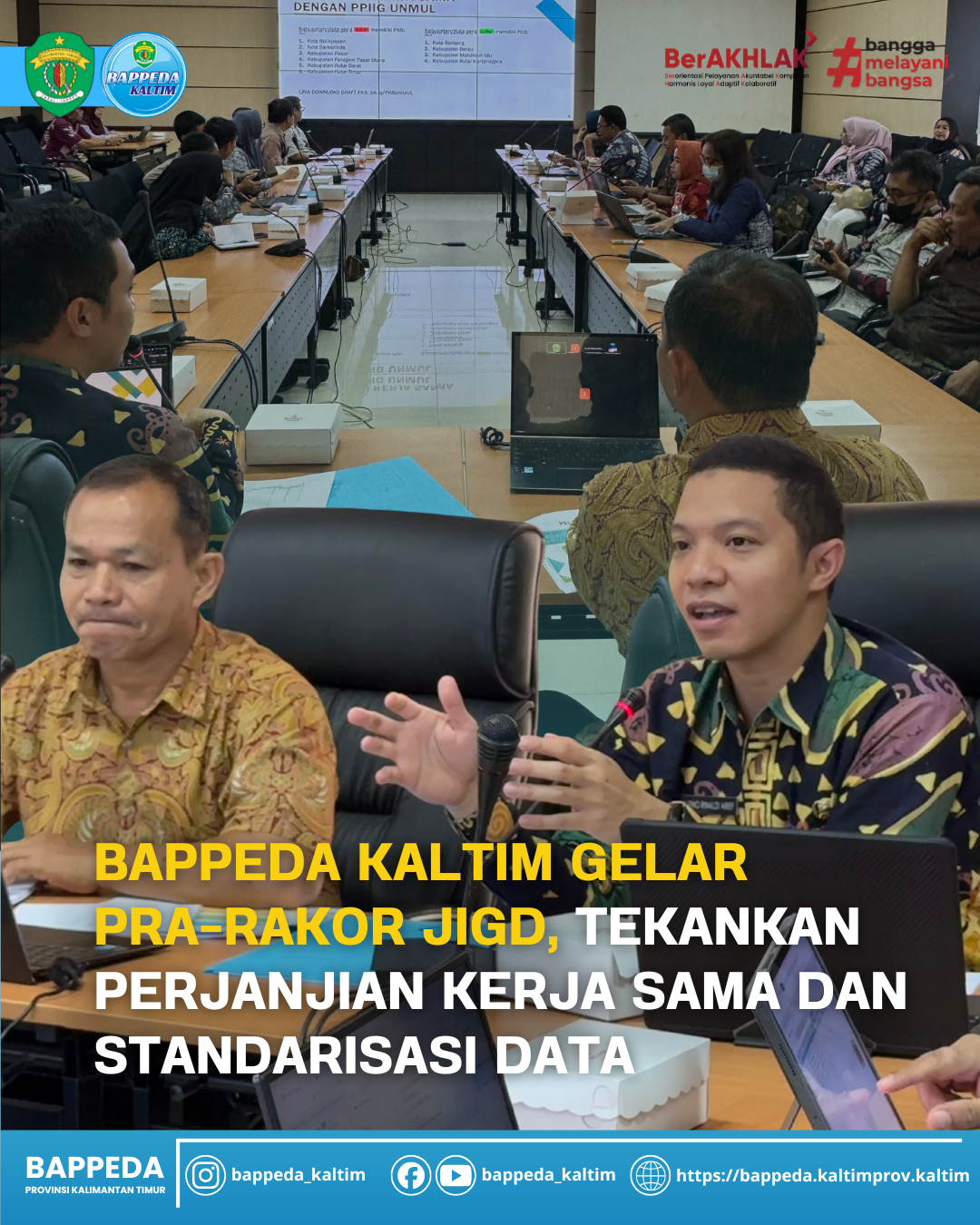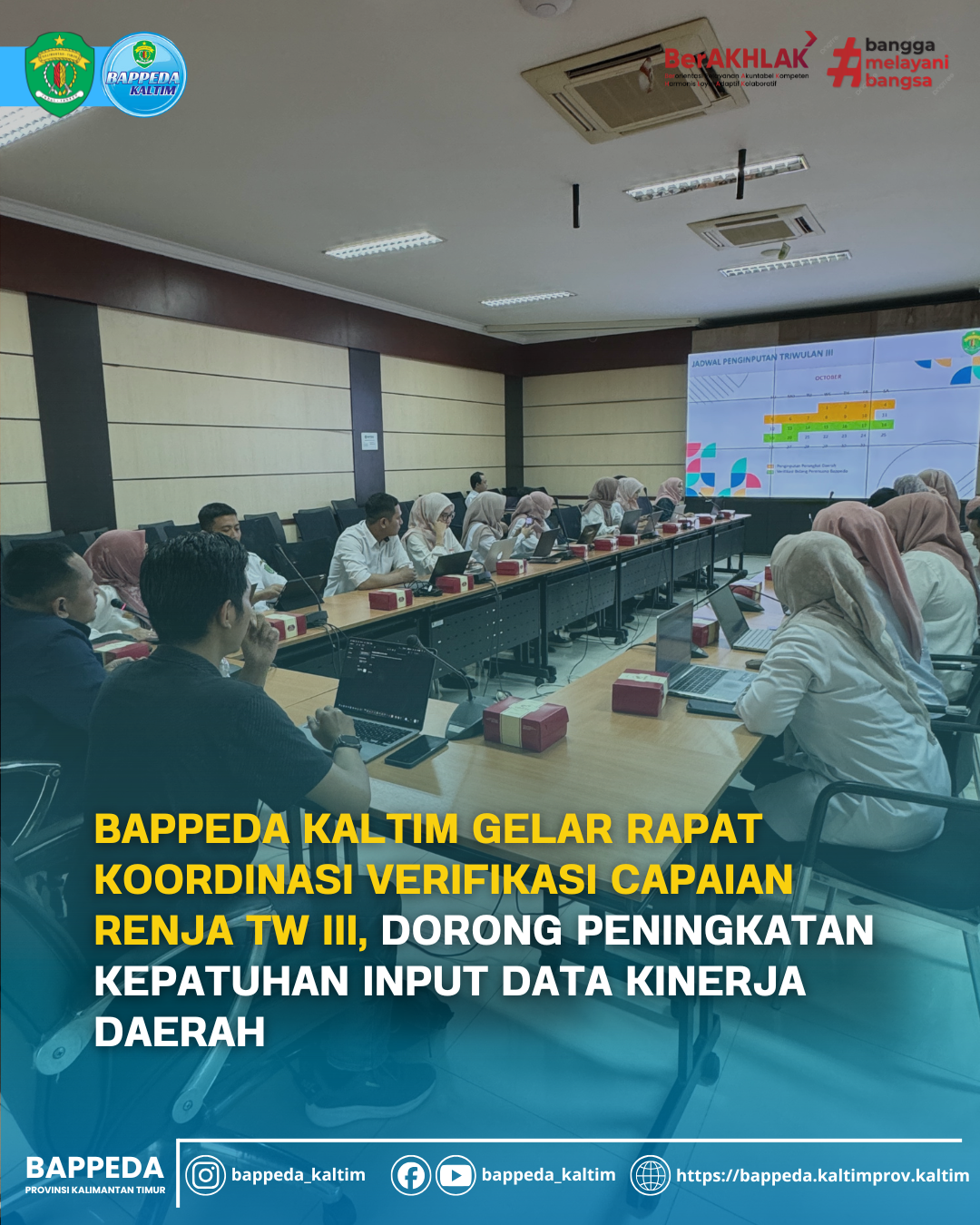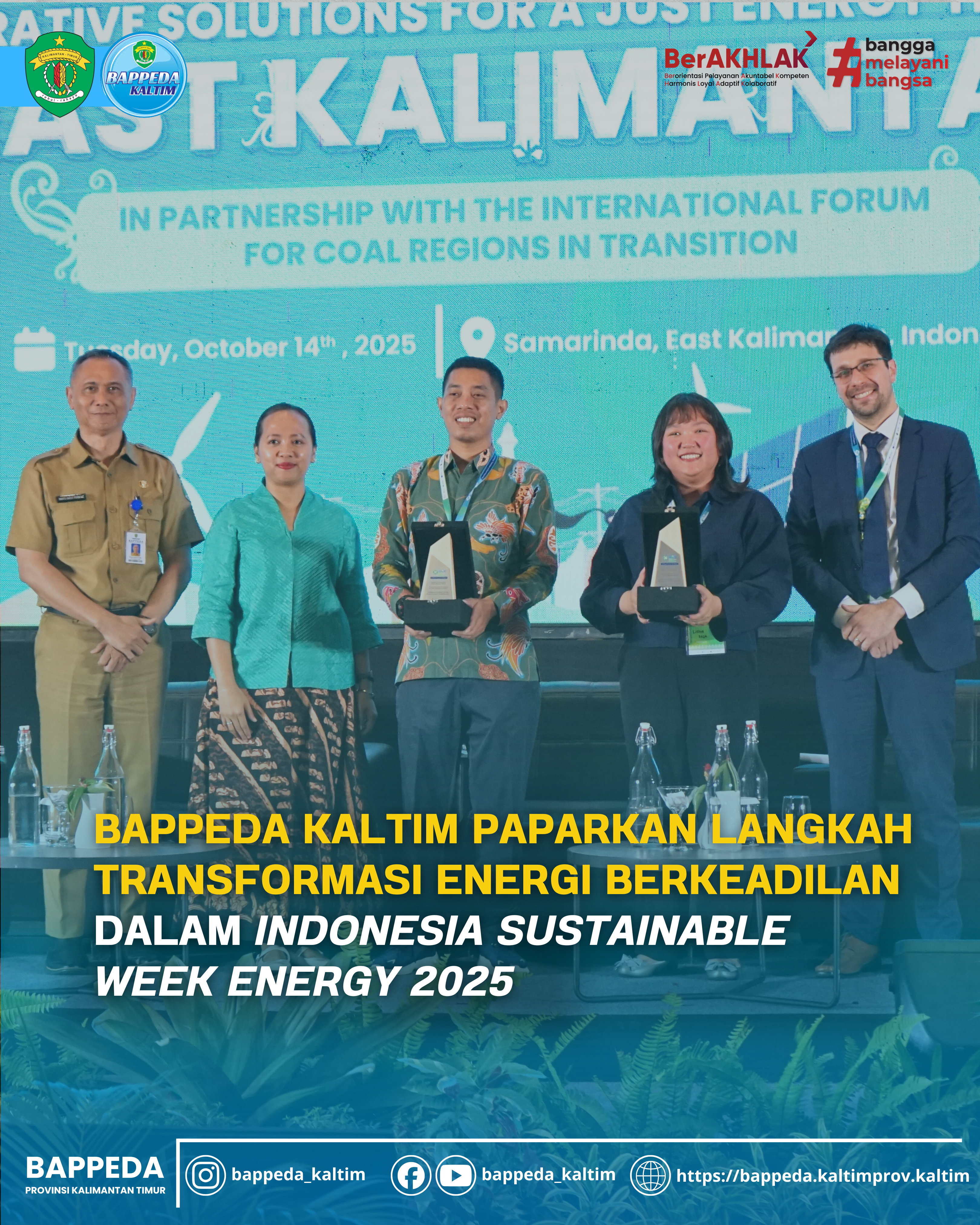LOOKING AT THE QUALITY OF FOOD CONSUMPTION OF THE PEOPLE OF KALTIM "FOOD PATTERN HOPE SCORE IS INCREASING SLIGHTLY"
Written by : Marinda Asih Ramadhaniah, S.Si.M. Ec. Dev
Based on data from the Department of Food, Food Crops and Horticulture of East Kalimantan Province, the development of food diversity in terms of consumption by the people of East Kalimantan has increased. This is reflected, among other things, in the increase in East Kalimantan's Expected Food Pattern (PPH) score from 80.70 in 2017 to 83.10 in 2018. PPH is an arrangement of food diversity that is based on the energy contribution of the main food groups at the level of food availability and consumption. PPH is an instrument for assessing the regional food consumption situation which can be used to plan future food consumption needs, taking into account social, economic, cultural aspects and community food consumption preferences. In other words, PPH is a simple instrument to assess the food consumption situation of the population, both the quantity and composition of food according to the type of food expressed in the score. The higher the PPH score, the more diverse and nutritionally balanced food consumption is (maximum 100).
Apart from that, the main aim of preparing the PPH is to create a rationalization of the recommended food consumption pattern, which consists of a combination of various foods to meet nutritional needs and suit taste.
In 2018, the daily energy intake for East Kalimantan Province was 1,923.30 Kcal/person/day. This figure is still lower than the National Nutritional Adequacy Rate (AKG) of 2,150 Kcal/person/day. Meanwhile, the average daily protein intake in East Kalimantan Province is 60.70 grams/person/day, which shows that this figure has exceeded the National AKG for protein intake of 52 grams/person/day.
Judging from the types of food consumed by the people of East Kalimantan, most of it is dominated by grains, namely 56.84 percent of the total daily calorie intake. Then for the food group that contributes the next largest energy is animal food, which is 14.92 percent, and oils and fats which contribute 10.78 percent. Meanwhile, if we look at the protein intake consumed, the people of East Kalimantan tend to consume animal food, namely 43.16 percent of the total daily protein intake and 40.46 percent of the protein intake is also obtained from consuming grains. The remaining 8.4 percent of protein intake comes from nuts and 4.78 percent from vegetables and fruit. This shows that the average food consumption pattern of the people of East Kalimantan for the food groups of grains and oils and fats has exceeded the set ideal consumption.
Food groups that are still lower than the set ideal consumption are tubers, fatty fruit/seeds, nuts, sugar, and vegetables and fruit. The diversity of food consumption in East Kalimantan still needs to be increased, because food does not only consist of carbohydrate sources, but also the development of a variety of nutritious foods from sources of protein, vitamins and minerals.
The contribution of energy sources originating from carbohydrates (food groups of grains, tubers, oils and fats, oily fruit/seeds and sugar) in East Kalimantan has reached 89.46 percent, this figure has exceeded the Ministry of Agriculture's standard of 74 percent. Meanwhile, protein intake which is a building source (animal food and nuts) in East Kalimantan has reached 15.71 percent. This figure is still less than the Ministry of Agriculture's standard of 17 percent. Likewise, the intake of vitamins and minerals (vegetables and fruit) in East Kalimantan is still below the Ministry of Agriculture standard (6%), namely only 4.13 percent. This unbalanced food consumption can cause various degenerative diseases such as heart disease, stroke and hypertension, which many people are not aware of.
The main food dependency in East Kalimantan, especially rice, is still dependent on imports from outside the region, namely from the islands of Sulawesi and Java because local production is only able to provide 60 percent of the needs in East Kalimantan. East Kalimantan has the potential to fulfill more nutritious food diversity in accordance with the needs that are still lacking. The government needs to invite all components of society to start developing and promoting regional food potential so that people can appreciate Indonesian food products so that there is a change in people's consumption patterns towards consumption that is diverse, nutritionally balanced and safe as well as educating the public about the importance of balanced nutrition.
This increase in food variety also requires support from consumption patterns and business development. Currently, most markets are trapped in a circle where the lack of demand for nutritious food makes it difficult to produce nutritious food at affordable prices. The current phenomenon shows that people prefer processed food, preserved food and fast food which are clearly less healthy. Apart from that, the shift in consumption orientation, which was previously to fulfill "biological" needs, has now shifted to "sociological" needs.

